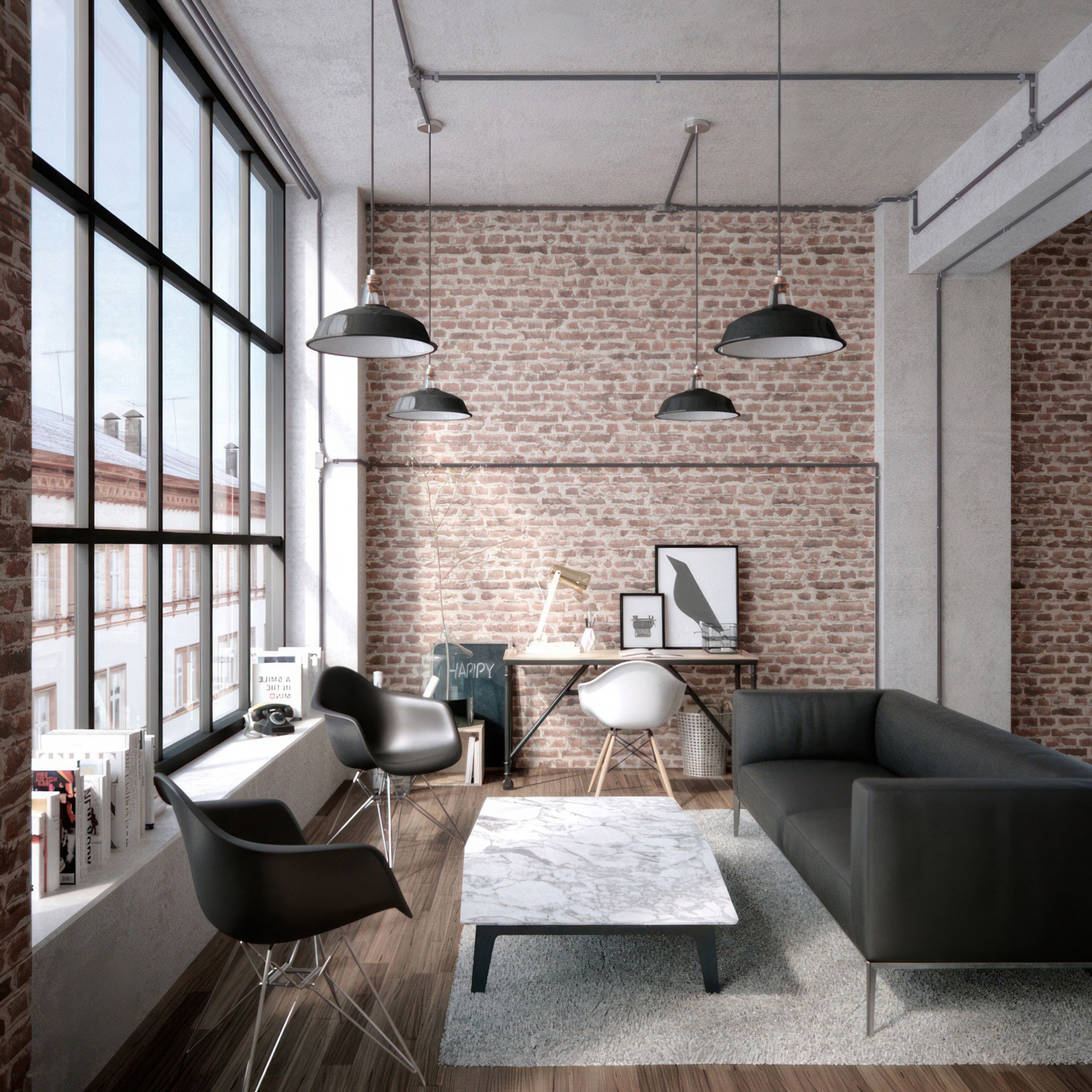Decorative electrical conduit is more than just a means to hide wires; it’s a transformative element in home and office design. As someone who has delved into both renovation projects and the aesthetics of living spaces, I can attest to the beauty and functionality a well-chosen electrical conduit can bring to any environment. In this article, we will explore the world of decorative electrical conduit, discussing types, styles, installation tips, and much more. Let’s dive in!
What is Decorative Electrical Conduit?
Decorative electrical conduit refers to the stylish tubing or fittings used to encase electrical wiring in a way that contributes to the overall aesthetic of a space. Unlike standard conduit, which is often plain and utilitarian, decorative options come in various designs, materials, and colors, allowing for creative expression while ensuring safety and compliance with electrical codes.
Benefits of Using Decorative Electrical Conduit
- Aesthetic Appeal: Adds a stylish element to your decor.
- Protection: Shields electrical wiring from damage and wear.
- Versatility: Suitable for various environments, from homes to offices.
- Easy Installation: Many decorative conduits are designed for straightforward installation.
- Customizable: Available in different styles, colors, and materials.
Types of Decorative Electrical Conduit
1. PVC Conduit
PVC conduit is lightweight, easy to install, and resistant to corrosion, making it an excellent choice for both indoor and outdoor applications. It can be painted or covered in decorative wraps, making it versatile.
2. Metal Conduit
Metal conduits, such as EMT or rigid steel, are more durable and provide superior protection against physical damage. They can also add a sleek, industrial look to your space.

3. Flexible Conduit
Flexible conduits are great for applications where the wiring might need to bend around corners or obstacles. They come in various materials, including PVC and metal, and can be covered or painted for a decorative touch.
4. Decorative Conduit Covers
For those who want a quick fix, decorative conduit covers can be placed over existing conduits. These covers come in various styles and materials, allowing homeowners to conceal unsightly wiring effectively.

Styles of Decorative Electrical Conduit
The style you choose can significantly impact the overall look of your space. Let’s explore some popular styles:
Industrial Chic
This style incorporates metal conduits, often left in their natural finish, to emphasize a raw, unfinished look. It pairs well with minimalist decor.

Vintage or Retro
Old-fashioned-style conduits can bring a touch of nostalgia and charm to your space. Look for copper or brass finishes that evoke a bygone era.
Modern and Sleek
For a contemporary finish, select conduits with clean lines and smooth surfaces. Matte black and white options can seamlessly blend with modern decor.

Comparison Table of Conduit Types
| Type | Material | Durability | Cost | Best for |
|---|---|---|---|---|
| PVC Conduit | Plastic | Moderate | Low | Indoor/Outdoor |
| Metal Conduit | Steel/Aluminum | High | Medium | Commercial/Heavy-duty |
| Flexible Conduit | PVC/Metal | Moderate | Medium | Curved Designs |
| Decorative Covers | Various | Varies | Medium | Hiding Existing Conduit |
Installation Tips for Decorative Electrical Conduit
Preparation Steps
- Gather all necessary tools and materials, including conduit, fittings, screws, screwdrivers, and a conduit bender if needed.
- Plan your layout. Consider the most efficient route for the conduit that minimizes visible wiring.
- Make sure to turn off the power before starting any installation.

Installation Process
The installation process can vary based on the type of conduit you’re using, but here’s a general outline:
- Measure and cut the conduit to the desired lengths.
- Secure the conduit to the wall using brackets or anchors based on the type of wall material.
- Connect conduit pieces using appropriate fittings, ensuring tight connections.
- Run your electrical wires through the conduit, making sure to follow local electrical codes.
- Seal joints and ends properly to keep dust and debris out.
Personal Experience: Transforming My Home Office
When I remodeled my home office, I wanted to create a space that was both functional and inviting. Instead of simply hiding the cables behind furniture, I decided to use decorative electrical conduit. I chose a sleek, matte black conduit that complemented my modern decor. The result was not just a tidy space but one that had character and style. It became a conversation starter whenever guests visited!
Pros and Cons of Decorative Electrical Conduit
Pros
- Enhances Aesthetic: Boosts the visual appeal of any room.
- Functional: Keeps wiring organized and protected.
- Variety: With numerous styles and materials, there’s something for every taste.

Cons
- Cost: Decorative options may be more expensive than standard conduits.
- Installation Complexity: Depending on the design, installation may require more skill.
FAQs about Decorative Electrical Conduit
1. Can I paint my electrical conduit?
Yes! PVC conduit can be painted easily. For metal conduits, use a high-quality paint designed for metal surfaces to prevent rust and ensure longevity.

2. Is decorative conduit safe?
Absolutely! As long as it is installed according to local electrical codes, decorative conduit serves the same safety functions as standard conduit.
3. Where can I purchase decorative electrical conduit?
You can find decorative electrical conduit at most home improvement stores, electrical supply stores, and online retailers.
4. How do I choose the right conduit for my project?
Consider factors such as the environment (indoor vs. outdoor), the material’s durability, the desired aesthetic, and your budget when choosing conduit.
Conclusion
Decorative electrical conduit offers an exciting opportunity to blend functionality with aesthetics in any space. Whether you’re renovating your home or enhancing your workspace, choosing the right conduit can make all the difference. With the right tools, materials, and a touch of creativity, you can create a beautiful environment that reflects your personal style while ensuring safety and compliance. Transform your space today!